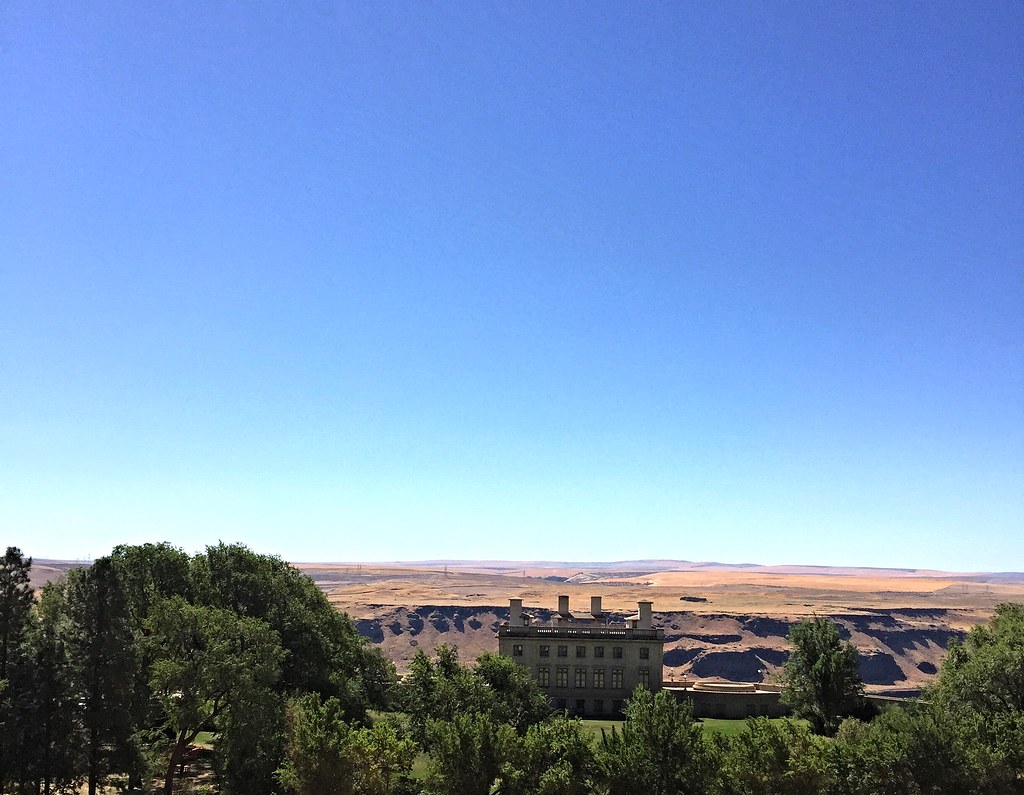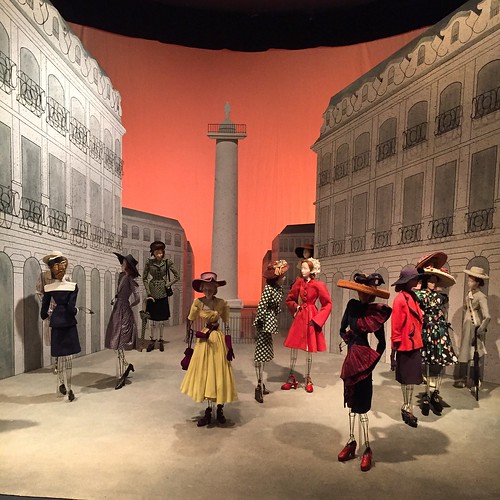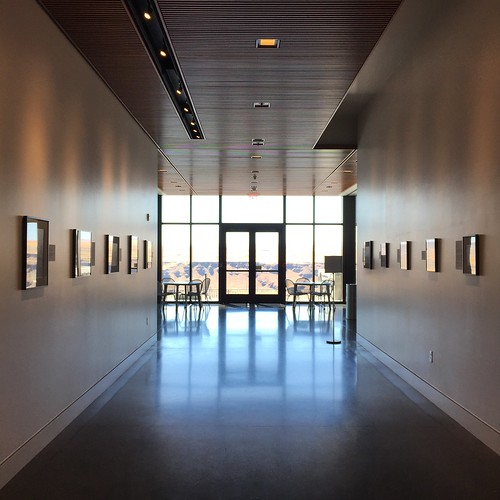You can reach the Maryhill Museum by shorter routes than mine, but I needed a road trip and was not in a hurry. I crossed the north side of Mount Rainier, spent the night in Yakima, and then, continued south on 97, past wheat fields and giant white wind turbines and little fenced cemeteries which must have been once associated with now absent towns. The road went past ghost towns, real ghost towns where the gas stations were overrun by blackberry vines and the diners were boarded up. The road went past horses clustered under the shade of a single tree and cattle paddocks, and then, west to a rise with a view towards the mansion — Maryhill — perched above the Columbia River.
 Sam Hill was a road engineer, a railroad man, and something of a Utopian. He built a palace of a home on a south-facing bluff, thinking it might be the start of a great community. No go, the state wouldn’t build the roads he wanted, though Oregon, across the river, did put in the gorgeous Columbia River Highway. This documentary said there were water issues, too. Had Sam chosen land a bit further west he’d have got the rains; his parcel was out in the high desert and it was too dry. Logistics, simple ones like water and roads, no big deal, meant that Sam never lived in the house, but one of his lady friends — he had many interesting lady friends — convinced him to use the property as a museum, and so he did.
Sam Hill was a road engineer, a railroad man, and something of a Utopian. He built a palace of a home on a south-facing bluff, thinking it might be the start of a great community. No go, the state wouldn’t build the roads he wanted, though Oregon, across the river, did put in the gorgeous Columbia River Highway. This documentary said there were water issues, too. Had Sam chosen land a bit further west he’d have got the rains; his parcel was out in the high desert and it was too dry. Logistics, simple ones like water and roads, no big deal, meant that Sam never lived in the house, but one of his lady friends — he had many interesting lady friends — convinced him to use the property as a museum, and so he did.
 |
 |
The Maryhill Museum houses an odd collection — there’s furniture designed by a Romanian princess and over 100 chess sets and an unlikely selection of Rodin drawings and sculptures. The display could use an update, but the historic Native American bead-work, baskets, and other objects are as good as I’ve seen anywhere. And there’s the oh so odd Theatre du Monde installations — 16 inch mannequins dressed in the forward looking fashions of the 40s, placed in front of stage paintings. Another one of Sam’s lady friends acquired the mannequins for the museum, rescuing them from storage in a San Francisco department store. Just a few miles east of the Museum, Sam built a WWI memorial in the shape of Stonehenge. It’s on a bluff over the river, too, in the middle of a dusty lot. Cars pull in, their passengers get out, they stare at this oddity in disbelief for a bit, then they drive away leaving the dust behind them.
 |
 |
“Sam Hill,” I said to a friend, recently, and he told me that he had gone by Sam’s Seattle mansion. A Russian princess was living there, he said, a regular Miss Havisham of a princess, alone and in her 90s, in a big gray manor house. Close enough, it was Guendolen Carkeek Plestcheeff and she was a countess. She was American but married a Russian; they bought the house after Sam Hill died. Something of a historian, the Countess didn’t believe the rumors about Sam and Queen Marie of Romania, though Marie had been a guest in the Seattle house.
Sam’s marriage was a bit of a mess. His bride disliked the Pacific Northwest and returned to Minneapolis where she raised their two kids — a son who suffered rich kid apathy, it seems, and a daughter who was diagnosed with schizophrenia. Sam’s wife was Catholic and would not divorce, but that didn’t stop Sam from having a series of affairs and a bunch of kids by other women. Sam was a charismatic guy with big ideas, glamorous friends, a penchant for the new, and grand ambitions.
And he was crazy passionate about good roads. Visiting Maryhill Museum gives you a bit of a peek into his flamboyant life, but the best way to pay homage to him is to take a good long drive on the Pacific Northwest highways he helped engineer.
Thanks, Sam, the roads were good. They were very good.
§
*The phrase “What the Sam Hill?” was in vogue before this Sam Hill was born, but it gets associated with this Sam Hill from time to time because, hey, he built a Stonehenge replica (among other wacky undertakings), and that seems reason enough.
